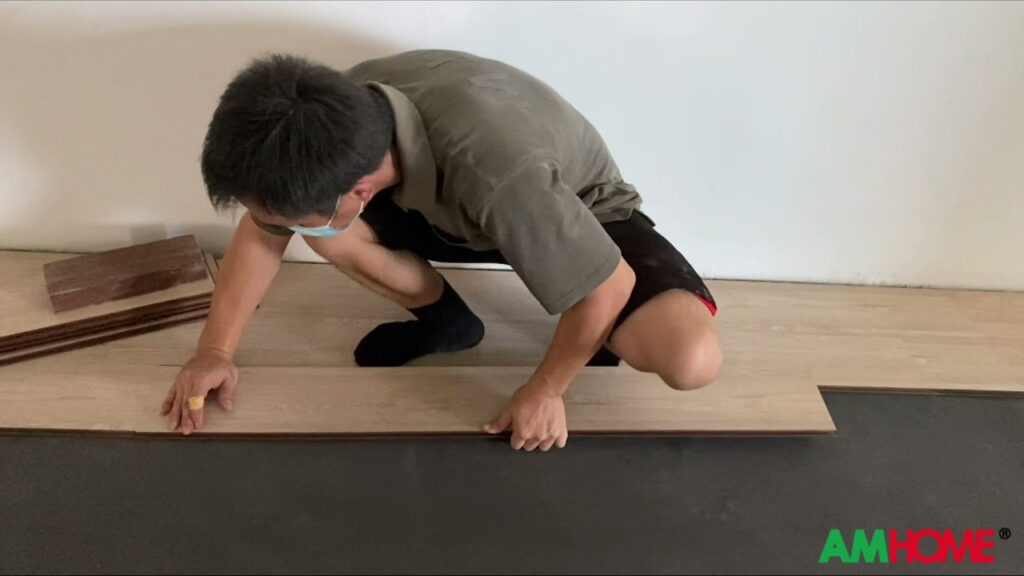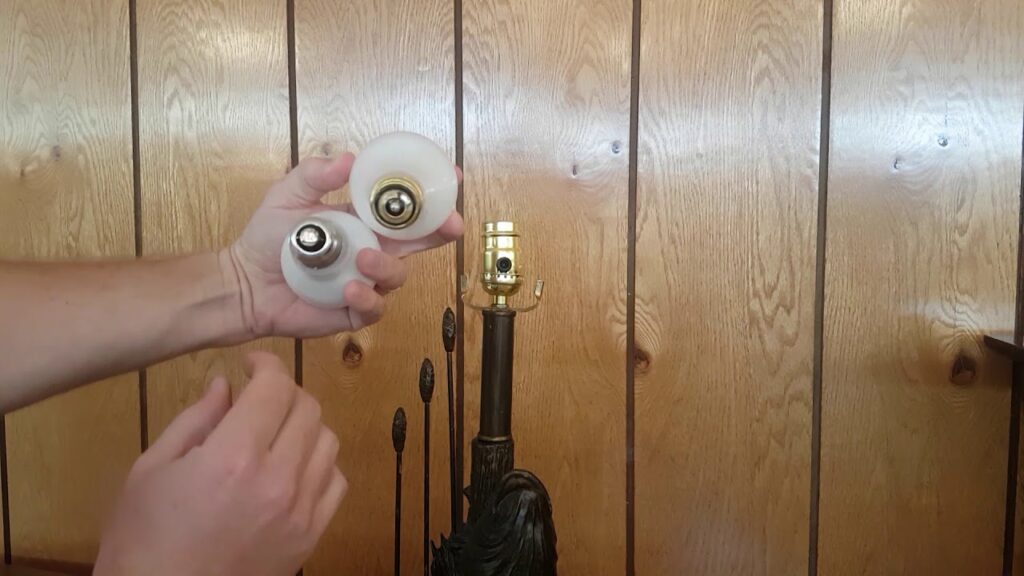The Importance of Proper Subfloors for Ceramic Tile Installation
When it comes to installing ceramic tiles, the quality of the subfloor plays a crucial role in determining the overall success and longevity of the installation. A solid, level, and properly prepared subfloor is essential for ensuring that the ceramic tiles adhere properly and remain structurally sound over time. Inadequate or improperly prepared subfloors can lead to a range of issues such as cracked tiles, uneven surfaces, and compromised durability.
Proper subfloor preparation is key to preventing common problems such as cracks and uneven surfaces in ceramic tile installations. Ensuring that the subfloor is clean, dry, and free from any debris or contaminants is essential for promoting a strong bond between the tiles and the substrate. Additionally, addressing any structural deficiencies or irregularities in the subfloor can help in preventing future issues and preserving the integrity of the tiled surface.
Moreover, utilizing suitable underlayment materials and techniques can contribute to the overall stability and performance of the ceramic tile installation. This includes incorporating products that offer adequate support, moisture resistance, and thermal insulation, which can enhance the durability and comfort of the tiled floor. By prioritizing the proper preparation and reinforcement of subfloors, homeowners and professionals can mitigate potential challenges and ensure successful, long-lasting ceramic tile installations.
In summary, the significance of proper subfloors for ceramic tile installation cannot be overstated. By focusing on meticulous preparation, utilizing quality materials, and addressing any underlying issues, individuals can create a solid foundation for their ceramic tile projects. Investing time and resources in ensuring that the subfloor meets the necessary criteria can lead to a more durable, aesthetically pleasing, and functional ceramic tile surface.
Choosing the Right Underlayment for Ceramic Tiles
When installing ceramic tiles, choosing the right underlayment is crucial for the success and longevity of the project. The underlayment serves as a base for the tiles and helps to ensure a level, stable surface. There are several options available, and the choice will depend on factors such as the type of subfloor, moisture levels, and the specific requirements of the tile installation.
One popular option for underlayment is cement backer board, which is a durable and moisture-resistant material. It provides a stable surface for ceramic tiles and is suitable for use in areas with high moisture, such as bathrooms and kitchens. Another common choice is uncoupling membrane, which allows for movement between the subfloor and the tile, reducing the risk of cracks and providing added protection against moisture.
It’s important to consider the specific needs of the project when selecting underlayment for ceramic tiles. Factors such as the type of subfloor, the level of moisture, and any special considerations for the installation should all be taken into account to ensure the best results. By choosing the right underlayment, you can help to ensure the durability and longevity of your ceramic tile installation.
Common Issues with Subfloors and Underlayment for Ceramic Tile Floors
1. Inadequate Support
One common issue with subfloors and underlayment for ceramic tile floors is inadequate support. If the subfloor is not properly prepared to support the weight of the tiles, it can lead to cracks, uneven surfaces, and even tile breakage over time. Additionally, using an underlayment material that is not suitable for the specific requirements of the ceramic tile installation can compromise the structural integrity of the floor.
2. Moisture and Waterproofing
Moisture and waterproofing are crucial considerations when it comes to subfloors and underlayment for ceramic tile floors. If the subfloor is not properly sealed or if the underlayment does not provide adequate moisture protection, it can lead to issues such as mold growth, warping, and damage to the tiles. Proper moisture management is essential to ensure the longevity and performance of the ceramic tile floor.
3. Subfloor Preparation
Another common issue is insufficient subfloor preparation. If the subfloor is not leveled, clean, and free of debris before installing the underlayment and ceramic tiles, it can result in an uneven and unstable surface. This can lead to tile lippage, where the edges of the tiles are not aligned, creating a less-than-ideal aesthetic and potentially compromising the durability of the floor.
Expert Tips for Preparing Subfloors and Underlayment
Assess the Subfloor
Before starting any new flooring project, it’s crucial to assess the condition of the subfloor. Look for signs of moisture, rot, or damage that could impact the installation of the underlayment. Repair any issues and ensure the subfloor is clean, level, and free from debris before proceeding.
Choose the Right Underlayment
Selecting the appropriate underlayment is essential for the success of your flooring project. Consider factors such as moisture resistance, sound insulation, and support for the flooring material. Different types of flooring require specific underlayment materials, so be sure to research and choose the best option for your needs.
Proper Installation Techniques
Follow manufacturer guidelines for installing underlayment materials, making sure seams are properly sealed and edges are secured. Use the correct adhesives, fasteners, or tapes as specified to ensure a smooth and durable underlayment. Taking the time to install the underlayment correctly will provide a solid foundation for your new flooring.
Consider Professional Assistance
If you’re unsure about the condition of your subfloor or the best underlayment options for your project, consider consulting with a professional. They can assess the situation and recommend the most suitable materials and methods for preparing your subfloor and underlayment, ensuring a successful flooring installation.
Final Thoughts on Subfloors and Underlayment for Ceramic Tile Floors
When it comes to installing ceramic tile floors, getting the subfloor and underlayment right is crucial. A solid, properly prepared subfloor provides the base for the tile installation, ensuring its longevity and durability. Additionally, the underlayment serves as a crucial layer that helps to absorb impacts, reduce sound, and provide a smooth surface for tile application.
One key consideration when selecting subfloors and underlayment is moisture protection. It’s essential to choose materials that can withstand moisture, as ceramic tile is often used in high-moisture areas such as bathrooms and kitchens. Using appropriate waterproofing membranes and moisture-resistant underlayment can help prevent issues like mold, mildew, and tile damage due to moisture infiltration.
Furthermore, ensuring proper subfloor and underlayment preparation is essential for preventing cracks and dips in the finished tile surface. Properly leveling and smoothing the subfloor, as well as selecting the right underlayment to address any imperfections, will contribute to a successful and long-lasting ceramic tile installation.
In conclusion, selecting the right subfloors and underlayment for ceramic tile floors is a critical step in the installation process. It is essential to prioritize moisture protection, proper preparation, and attention to detail to ensure the longevity and performance of the ceramic tile flooring.


